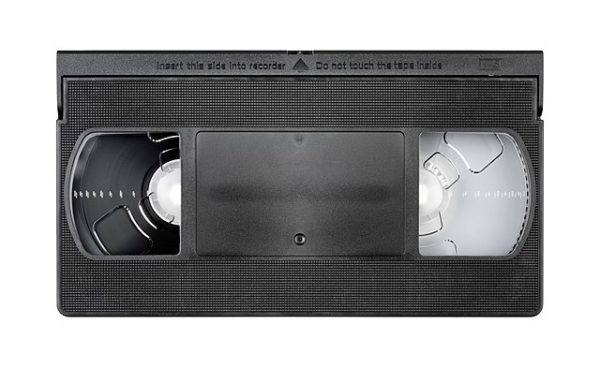The edtech industry includes numerous learning providers and platforms providing tools, technologies, and resources for course creators to create and sell online courses. These platforms are interesting for very many reasons. What roles do they play in the learning and development ecosystem? How do they measure effectiveness and learning outcomes? What kinds of pedagogical and instructional design practices do they support and advocate for? What education-related claims do they make?
 Photo by Marvin Meyer on Unsplash
Photo by Marvin Meyer on Unsplash
In a paper we published a few months ago, we examined one such platform because it describes itself as building ‘the university of the future’ and has recently received significant attention and funding. This makes it a compelling case study to better understand the potential roles and risks associated with education platforms operating outside of and alongside more traditional higher education institutions.
We highlight specific concerns about cohort-based platforms. These include lack of transparency, risk of surveillance, lack of adequate financial support for learners, and over-reliance on social media networks as signifiers of educator/instructor qualification (this last one is a big one). Suggested benefits include adaptability, suitability to changing skills needs, and responsiveness to changing environmental scenarios.
The published version of the paper is here, but here’s a pre-print pdf: Veletsianos, G., & Houlden, S. (in press). On the “university of the future”: A critical analysis of cohort-based course platform Maven. Learning, Media, & Technology.




